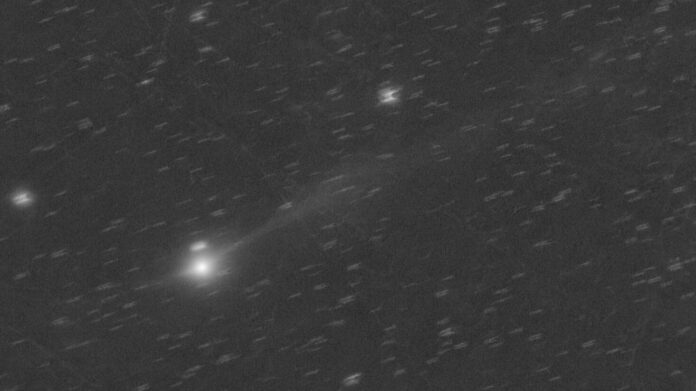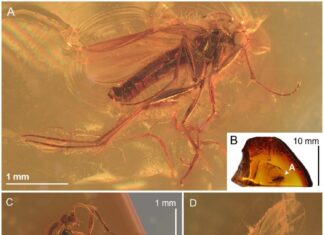Comet 3I/ATLAS has captivated astronomers and the public alike since its discovery in July. This interstellar visitor, potentially billions of years old, is only the third known comet originating from outside our solar system. It’s naturally fascinating – and some think it might be even more extraordinary. Astrophysicist Avi Loeb, known for his outlandish theories, has suggested that 3I/ATLAS could be an alien probe. However, most scientists remain unconvinced, attributing the comet’s unusual characteristics to natural phenomena.
Loeb’s latest speculation stemmed from observations of the comet’s behavior as it emerged from behind the sun in early November. Images captured by small telescopes in Spain revealed jets seemingly erupting from the comet’s surface, leading Loeb to conclude that 3I/ATLAS was losing mass at an unsustainable rate for a conventional comet. He argued that if this loss were due to natural processes, the comet would need a significantly larger surface area than observed, suggesting it should have already shattered into multiple pieces.
This claim has sparked considerable debate within the scientific community. Many astronomers, including Qicheng Zhang of the Lowell Observatory and Jason T. Wright of Penn State University, strongly disagree with Loeb’s analysis. They point to images showing no signs of fragmentation and criticize his methodology, arguing that he misinterpreted orbital data earlier this year when suggesting the comet was accelerating in an unusual way – a key factor in his alien probe hypothesis.
Why This Matters: The Allure of the Unknown
The debate surrounding 3I/ATLAS highlights the fundamental human fascination with the unknown. Interstellar objects like comets offer tantalizing glimpses into other star systems, potentially carrying clues about their formation and composition. While Loeb’s theories are controversial, they spark important conversations about how we interpret scientific data and what constitutes compelling evidence.
Looking Ahead: Waiting for Definitive Answers
3I/ATLAS will make its closest approach to Earth on December 19th. As astronomers continue to observe the comet, new data will hopefully shed more light on its true nature. Whether it proves to be a natural celestial wanderer or something truly extraordinary, 3I/ATLAS promises to remain a captivating object of study for months to come.
It serves as a reminder that while our understanding of the universe expands rapidly, there are still countless mysteries waiting to be unraveled.






























